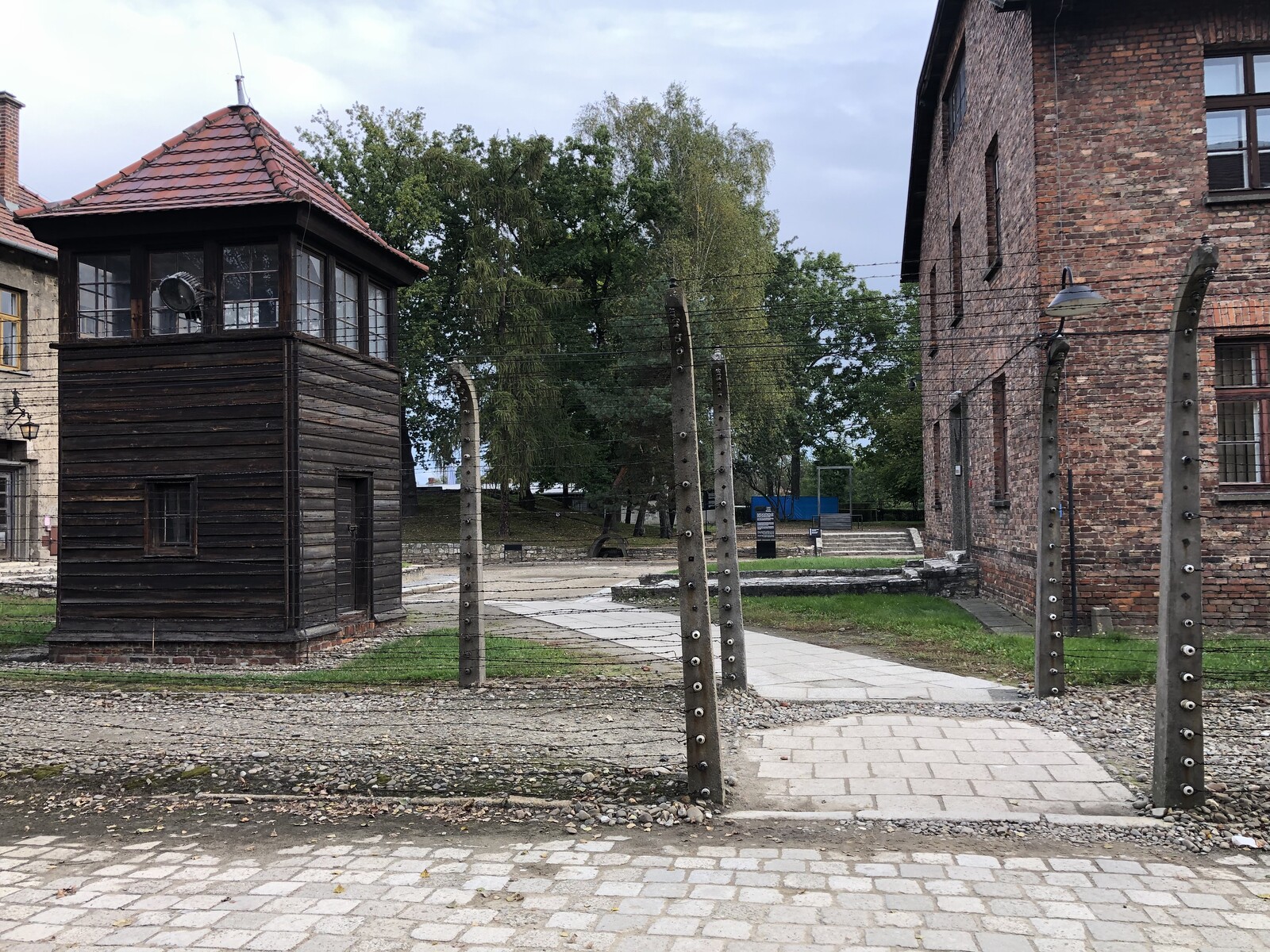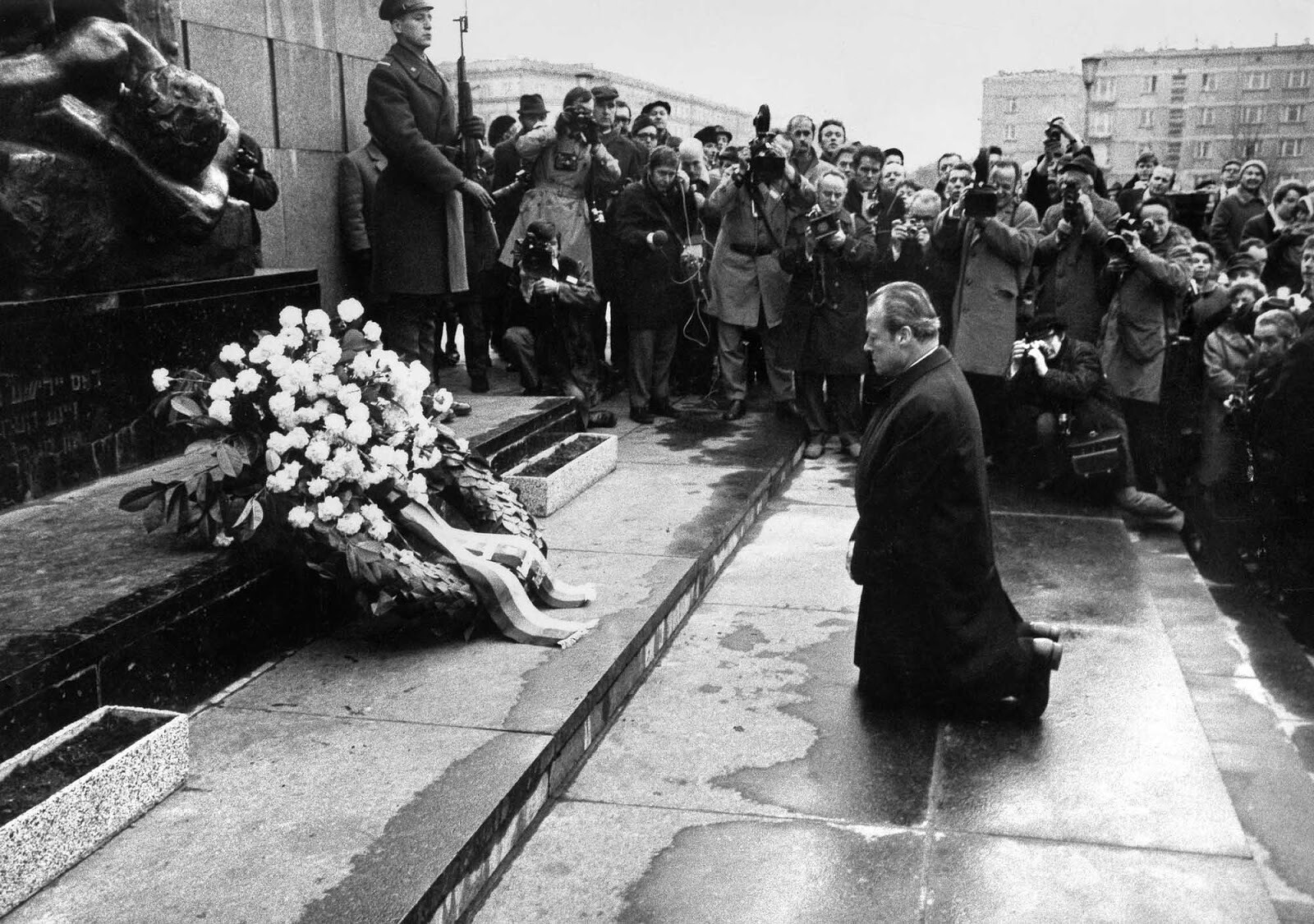We know that narratives are made of silences, not all of which are deliberate or even perceptible as such within the time of their production. We also know that the present is itself no clearer than a past.
—Michel-Rolph Trouillot, Silencing the Past, 1995.The Monument, as an object of public memory in the post-historical age, becomes an impossible object. And more precisely, if it does exist, it is rather a monument to oblivion than to remembrance; rather an object that threatens than one upon which our gaze can calmly rest so as to experience it as the screen of (a) memory which hides the trauma to which it is dedicated. Moreover, the monument is a trauma for-itself and in-itself.
—Branimir Stojanovic, “Sacrificing the Victim,” The Case of the Belgrade Monument, 2002.
Four Faces of Omarska is an investigative memorialization praxis and a platform engaged in exploring the strategies of memorial production from the position of those whose experience and knowledge have been subjugated, rejected, and excluded from public memory and public history.
It is an investigation in process of contemporary and historical dynamics in a particular site in the former Yugoslavia, today’s Bosnia and Herzegovina. The title comes from four constitutive layers in the history of this mining complex in northwest Bosnia and Herzegovina, which was established in Socialist Federative Republic of Yugoslavia as an iron ore mine. In 1992, at the beginning of the Yugoslav wars, Bosnian Serb forces and local authorities transformed the mine into a torture and death camp for Yugoslav Muslims, Croats, and political prisoners. After the war, in 2004, ArcelorMittal the world’s leading transnational steel and mining company, assumed majority ownership of the Omarska mine and resumed commercial mining operations.1 Finally, in 2007 it was used as a shooting location for the film Saint George Slays the Dragon, a historical ethno-blockbuster co-produced by film companies from Serbia and Republika Srpska.
Omarska today, twenty-eight years after the closing of the camp, is a place of bizarre cohabitation between the living and the dead, a place of numerous mass graves (either excavated or still unexcavated), and a place where the surviving victims and their families live side-by-side with their former oppressors. The company ArcelorMittal, in line with prevailing social and political bias, still maintains discriminatory employment practices against the non-Serb population, thus repeating the politics of wartime ethnic cleansing. ArcelorMittal participates in the politics of negating the existence of the Omarska camp. This is particularly evident in the company’s decision to prevent the construction of a memorial center dedicated to its victims. Omarska emerges as an example of transnational capital’s collaboration with local governments in “normalizing” the present through the repression of past atrocities by the privatization of social property and the formation of post-war alliances between global enterprises and local administrations. The process of revealing the continuities and discontinuities of all three epochs and four faces of Omarska seeks to become a site of knowledge production, of those who were defeated, who went missing, and whose experience has not been articulated by public discourse.
Four Faces of Omarska resides in between the impossibility of building monuments today and an urgent need to recognize and bring closure to the traumatic past of those whose experience and memory isn’t a part of public recollection. It asks how a site of atrocity becomes a site of knowledge production based on solidarity and equality.
“We must produce something that does not yet exist and we cannot know what it will be.”
—Michel Foucault2
ArcelorMittal was formed in 2006 from the acquisition of Arcelor by Mittal Steel. Back in 2004, Mittal started operations in Bosnia and Hercegovina through the Omarska iron ore mine near Prijedor in the north-west of the country and a steel plant in the central Bosnian town of Zenica, being one of the largest exporters. The 2004 contract gave Mittal exclusive research and exploitation rights for both mines.
Michael Foucault, “Entretien” (with Duccio Tromadori), Dits et écrits, vol IV, (Paris: Gallimard, 1994), 74. Published in English as Michel Foucault, Remarks on Marx (New York: Semiotext(e), 1991), 121–122.
Monument is a collaboration between e-flux Architecture and Het Nieuwe Instituut.














